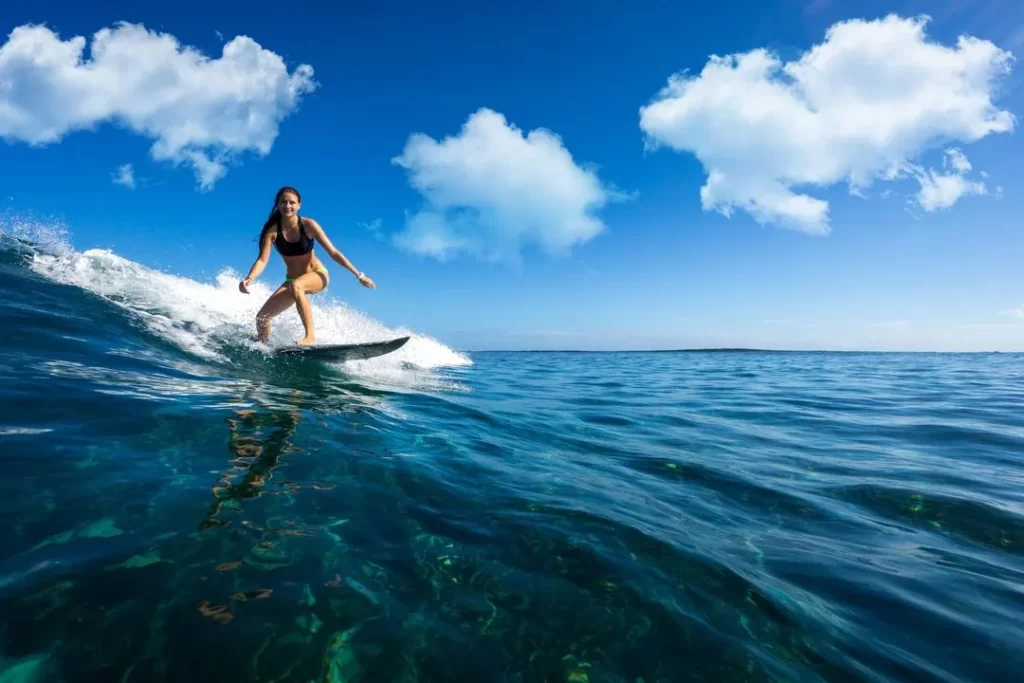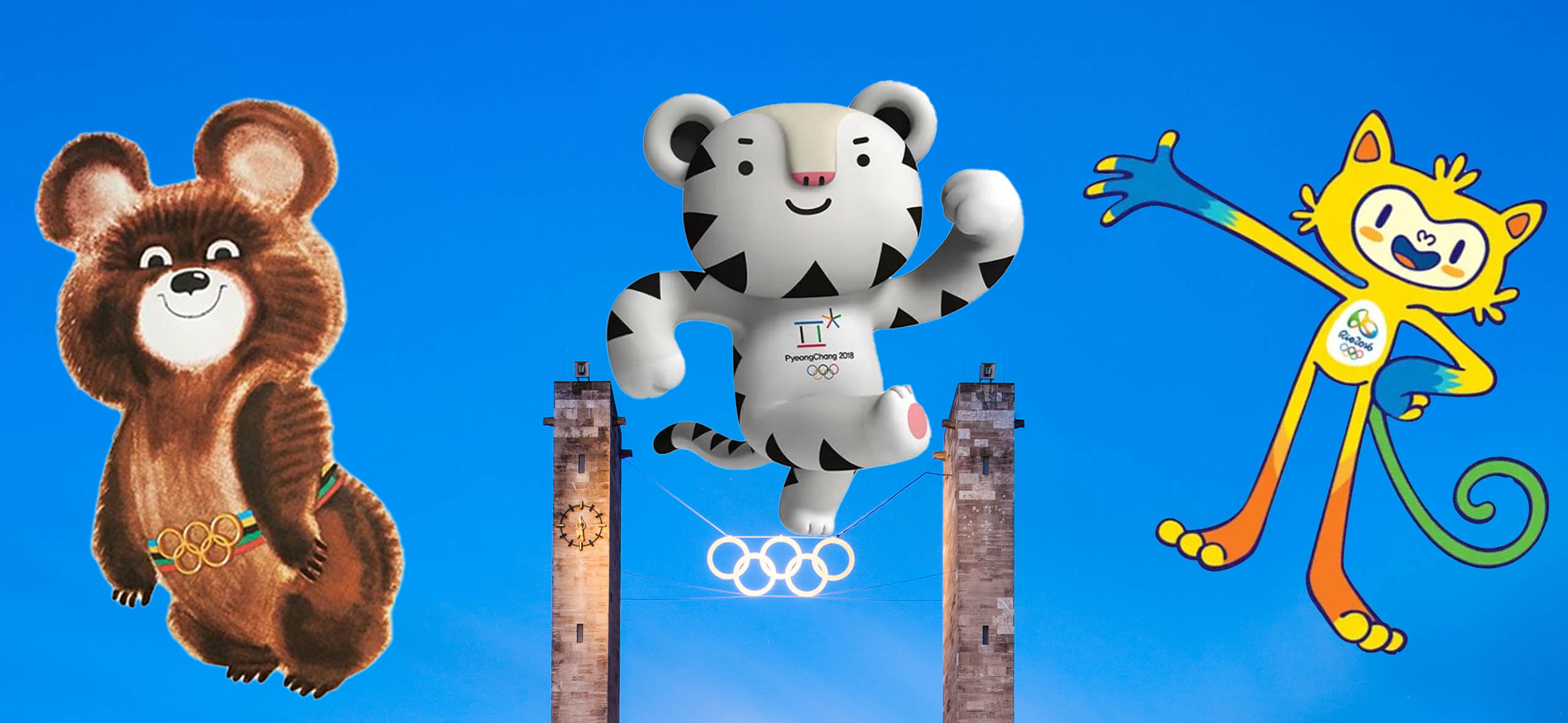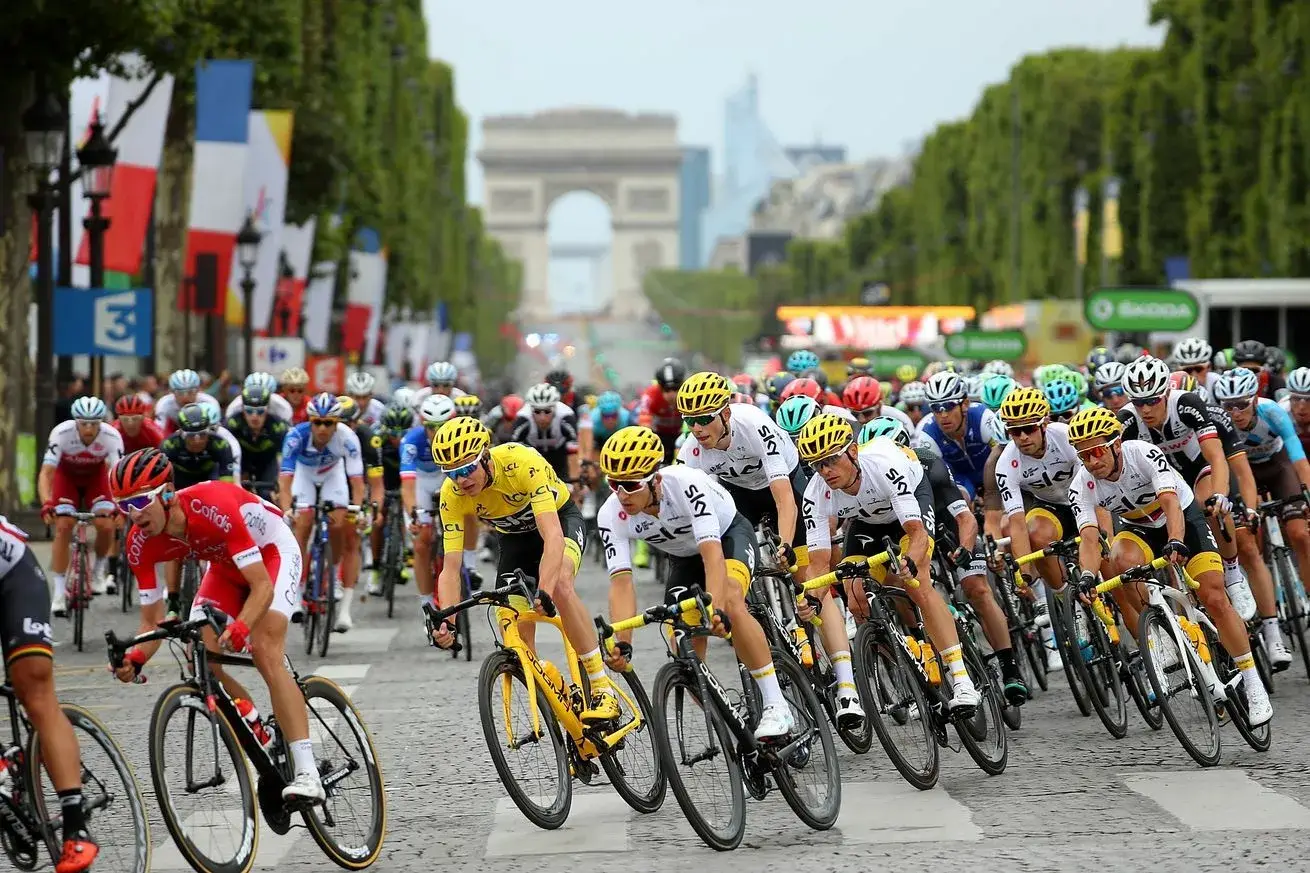The Paris 2024 Olympic Games were the sporting event of the century, but they were still a real experiment, where the boundaries of traditional sport were pushed by new challenges. These Games brought something fresh, unconventional and energetic to the sports world: the new Olympic sports. Viewers got the chance to experience colourful, unpredictable and exciting disciplines that changed the perception of sport forever. What was new on the programme and why are they so important to the whole Olympic movement? We tell you in the article.
Skateboarding as an Olympic sport: a new take on the outdoors
Skateboarding originated in the 1950s in California, when surfers were looking for a way to play their favourite sport on land. The first skateboards were boards with bolt-on wheels, and so began an entire subculture that has come to symbolise youthful freedom and a spirit of rebellion. In the 1990s, skateboarding gained huge popularity thanks to stars like Tony Hawk, who turned this street sport into an international movement.
At the Tokyo 2020 Olympics, skateboarding made its official debut on the programme and at the Paris 2024 Games, it confirmed its status as one of the most colourful and exciting sports. In Paris, athletes demonstrated tricks with heights of up to 2-3 metres using ramps and rails, which conveyed the full power of street culture to the international stage.
Top skateboarders at the 2024 Olympics
In Paris, stars stood out like Britain’s Skye Brown, who had already won bronze in Tokyo and now won gold in the park discipline. Skye performed incredibly confidently by executing complex combinations of flips and holds. Brazilian Raissa Leal also made history with her exceptional technique and grace, winning silver. Raissa, known as the ‘Skateboard Fairy’, performed tricks like the kickflip over the rail, which thrilled the audience. Many athletes showed the world that skateboarding is an art of movement accessible to all.
A revolution in the Olympic programme: a new sport
Skateboarding not only pushed the boundaries of the Olympics, but also changed the perception of competition. The format brought a unique creative element to the Games, allowing spectators to see not only the competitive spirit but also the individuality of each athlete. Young people from all over the world saw that sport can be free, unique and incredibly entertaining.
Surfing: a battle against the elements
 Surfing, a symbol of freedom and harmony with nature, originated in Hawaii more than a thousand years ago. In the early 20th century, it began to gain popularity in California and Australia. It first entered the Olympic programme as a new sport at the Tokyo 2020 Games. At the Paris 2024 Olympics, the competition took place off the coast of Tahiti, where the waves reached a height of 3 to 4 metres – exciting conditions for the athletes. The competition consisted of short and long rides and each surfer demonstrated their technique in different types of waves.
Surfing, a symbol of freedom and harmony with nature, originated in Hawaii more than a thousand years ago. In the early 20th century, it began to gain popularity in California and Australia. It first entered the Olympic programme as a new sport at the Tokyo 2020 Games. At the Paris 2024 Olympics, the competition took place off the coast of Tahiti, where the waves reached a height of 3 to 4 metres – exciting conditions for the athletes. The competition consisted of short and long rides and each surfer demonstrated their technique in different types of waves.
Paris 2024 surf highlights
One of the highlights of the Olympics was Kai Lennon of the US, who won gold with a brilliant performance. His aerial reverse and cutback combinations earned him the highest scores from the judges. Tatiana Weston-Webb of Brazil also delivered an outstanding performance, winning silver and inspiring many young surfers around the world. Her technique of wave surfing was characterised by its smoothness and her ability to maximise the potential of the wave.
How surfing changed the Olympics
Surfing brought a sought-after element of adventure and excitement to the programme. Each heat was unique due to the unpredictable nature of the ocean: the strength and shape of the waves were never repeated. Spectators witnessed a true battle against the elements, where at any moment the outcome of the competition could change. The Olympics’ new sports make the Games more diverse and interesting for a wider audience, create an atmosphere of true oneness with nature and affirm the importance of environmental awareness.
The new sport breakdancing: from the streets to Olympic medals
Breakdancing, a dance art that originated on the streets of New York’s Bronx in the 1970s, has finally found its place at the Paris 2024 Olympics. The first dancers used this style to express themselves and release energy. The inclusion of this discipline was a logical step, given its growing popularity and ability to unite people from different cultures. In Paris, dancers performed on specially built platforms in La Défense, mixing acrobatics, gymnastics and rhythmic movements to powerful music.
The best breakdancers of the 2024 Olympics
One of the heroes of the Olympics was Bobo from France, who took gold on his country’s stage. His performance included elements such as ‘power moves’, ‘windmill’ and complex ‘freezes’ that did not leave judges and spectators indifferent. Japanese dancer Ayumi won silver and showed incredible flexibility and musicality, moving smoothly from one element to another.
Breakdance as part of Olympic culture
The format became a platform where athletes could showcase their individuality and display incredible fitness and creative skills. Young people from all over the world saw that street culture could be recognised at the highest level and this inspired a new generation of dancers and athletes. The 2024 Olympics were proof that sport can be versatile and incorporate elements of culture and art, giving the competition a spirit of unity and creativity.
Conclusion
 New Olympic sports have brought excitement and colour to the Olympics. They have added new colours to a traditional sporting event, bringing it closer to young people and reflecting modern trends. Sport has become not only medals and records, but also lifestyle, culture and creativity. The Paris Olympics was a moment when the new and the traditional merged in harmony, opening up a world of new possibilities for athletes and spectators.
New Olympic sports have brought excitement and colour to the Olympics. They have added new colours to a traditional sporting event, bringing it closer to young people and reflecting modern trends. Sport has become not only medals and records, but also lifestyle, culture and creativity. The Paris Olympics was a moment when the new and the traditional merged in harmony, opening up a world of new possibilities for athletes and spectators.
 en
en  ru
ru  de
de  ar
ar  es
es  nl
nl  hi
hi  fr
fr  it
it  pt
pt  el
el 


